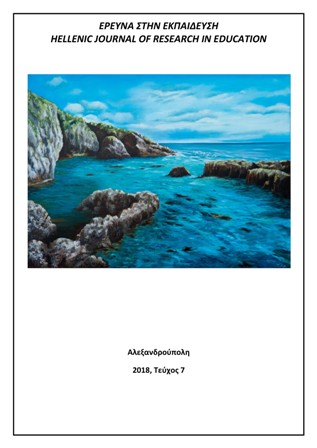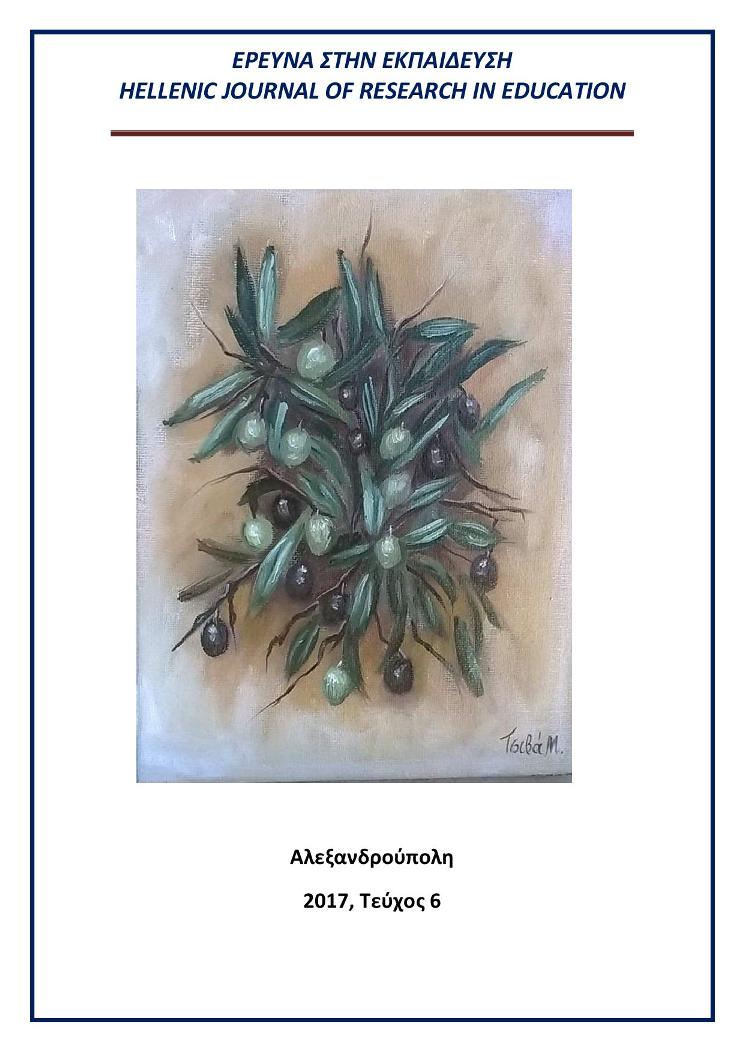Φοιτητές στο φάσμα του αυτισμού: Εμπόδια, δυνατότητες και τρόποι στήριξης στην τριτοβάθμια εκπαίδευση

Περίληψη
Η Διαταραχή Αυτιστικού Φάσματος (ΔΑΦ) αποτελεί μια νευρο-αναπτυξιακή διαταραχή που ακολουθεί το άτομο διαβίου. Η συχνότητά εμφάνισής της έχει αλλάξει ριζικά τις τελευταίες δεκαετίες. Στο φάσμα του αυτισμού υπάρχει ένας μεγάλος αριθμός μαθητών με «ιδιαίτερες ικανότητες», υψηλή λειτουργικότητα και καλές ακαδημαϊκές προοπτικές. Οι μαθητές αυτοί συνεχίζουν στην τριτοβάθμια εκπαίδευση αλλά χρειάζονται υποστήριξη και καθοδήγηση για να καταφέρουν να ολοκληρώσουν τις σπουδές τους. Σκοπός της παρούσας εργασίας είναι να παρουσιάσει τα βασικά χαρακτηριστικά των φοιτητών με ΔΑΦ, τις δυσκολίες και τα εμπόδια που συναντούν στο πανεπιστήμιο, αλλά και αποτελεσματικούς τρόπους στήριξής τους στην τριτοβάθμια εκπαίδευση. Η ανασκόπηση της βιβλιογραφίας έγινε μέσω των βιβλιογραφικών βάσεων ProQuest, Eric και Sage Journals, όπου με προκαθορισμένα κριτήρια εντοπίστηκαν άρθρα, επίσημες εκθέσεις (reports) και διδακτορικές διατριβές. Τα βασικά συμπεράσματα των ερευνών παρουσιάζουν ομοιότητες παρά τις διαφορετικές χώρες στις οποίες έχουν γίνει οι έρευνες. Ένα βασικό συμπέρασμα που αξίζει να σημειωθεί είναι πως ορισμένοι από τους παραδοσιακούς τρόπους στήριξης που χρησιμοποιούνται για τους φοιτητές με ειδικές εκπαιδευτικές ανάγκες δεν είναι κατάλληλοι για τους φοιτητές στο αυτιστικό φάσμα που έχουν ανάγκη περισσότερης εξατομικευμένης υποστήριξης. Συμπερασματικά, τα Συμβουλευτικά Κέντρα των πανεπιστημίων σε συνεργασία με άλλες υπάρχουσες δομές μπορούν να συμβάλουν ουσιαστικά στη μαθησιακή και ψυχολογική στήριξη των φοιτητών με ΔΑΦ. Τα πανεπιστήμια έχουν να ωφεληθούν από τις «ειδικές ικανότητες» των φοιτητών αυτών αλλά και να εμπλουτίσουν τη γνώση τους για τη «διαφορετικότητα».
Λεπτομέρειες άρθρου
- Πώς να δημιουργήσετε Αναφορές
-
Σταμπολτζή Α., Καλούρη Ρ., & Τσίτσου Ε. (2018). Φοιτητές στο φάσμα του αυτισμού: Εμπόδια, δυνατότητες και τρόποι στήριξης στην τριτοβάθμια εκπαίδευση. Έρευνα στην Εκπαίδευση, 7(1), 28–43. https://doi.org/10.12681/hjre.17413
- Τεύχος
- Τόμ. 7 Αρ. 1 (2018)
- Ενότητα
- Άρθρα

Αυτή η εργασία είναι αδειοδοτημένη υπό το CC Αναφορά Δημιουργού – Μη Εμπορική Χρήση – Παρόμοια Διανομή 4.0.
Τα πνευματικά δικαιώματα των άρθρων του περιοδικού ανήκουν στους συγγραφείς. Τα άρθρα διατίθενται με άδειες Creative Commons CC-BC-SA 4.0



